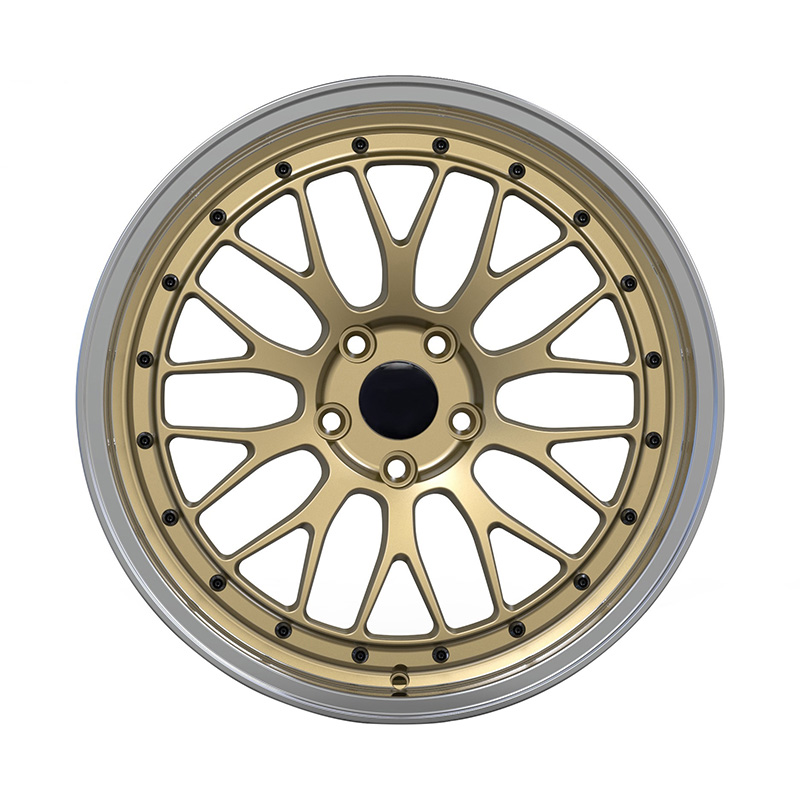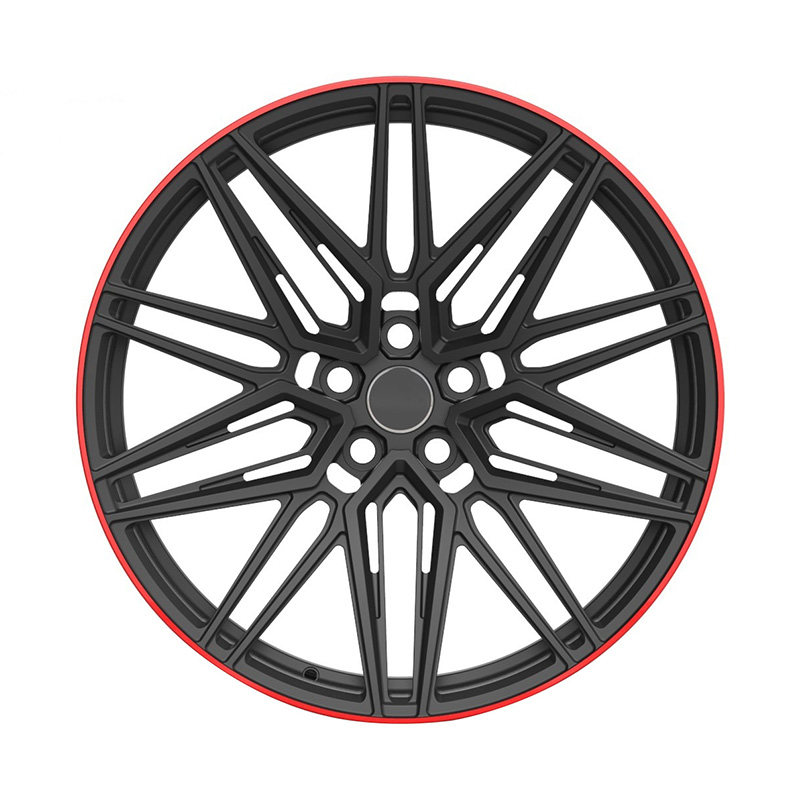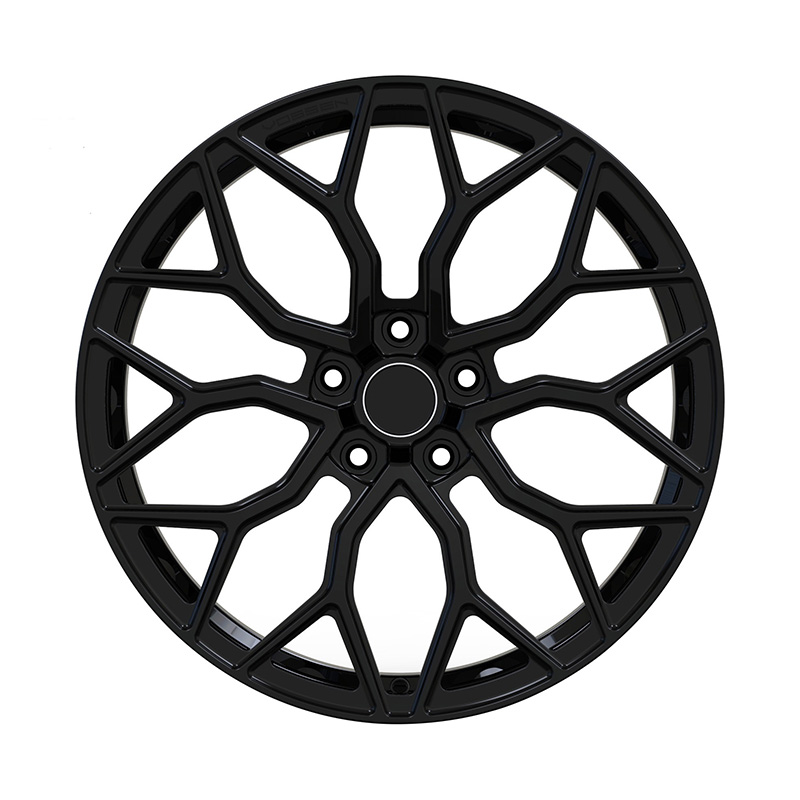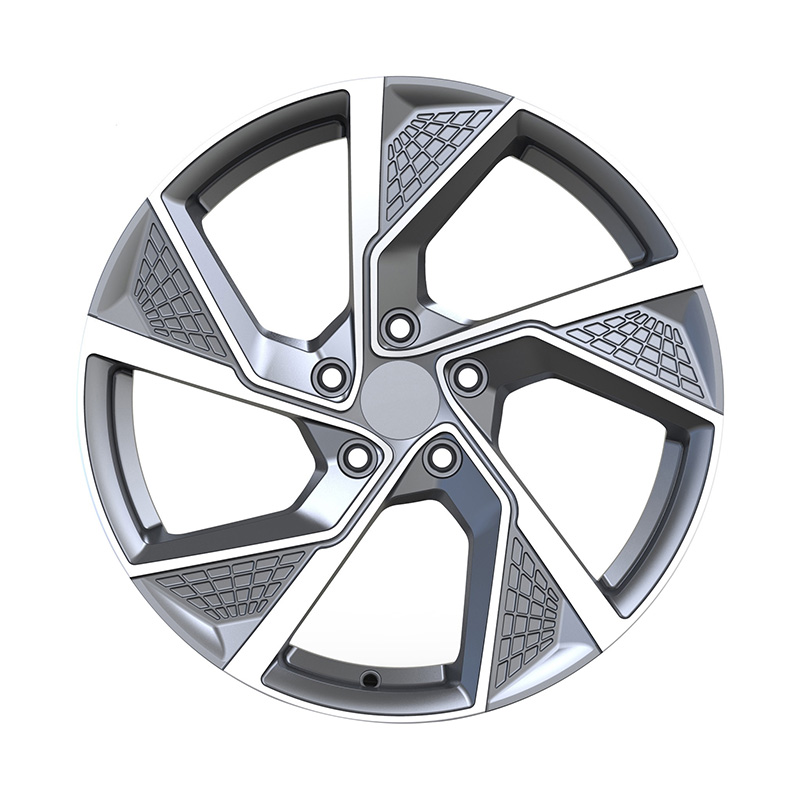
Submit
Submit feedback
What Are the Aspects of Monoblock Wheels Involved In Vehicle Modification?
2025-09-26
Unlike multi-piece wheels, which are bolted together from separate components, monoblock wheels factory are manufactured as a single solid unit. This design provides a unique balance of lightness, rigidity, and strength, making them highly desirable in the tuning, motorsport, and luxury car communities.
In vehicle modification, the performance aspects of monoblock wheels play a decisive role in how a car accelerates, handles, and even how comfortable it feels to drive. Three major areas stand out: handling & steering response, fuel efficiency, and ride quality.
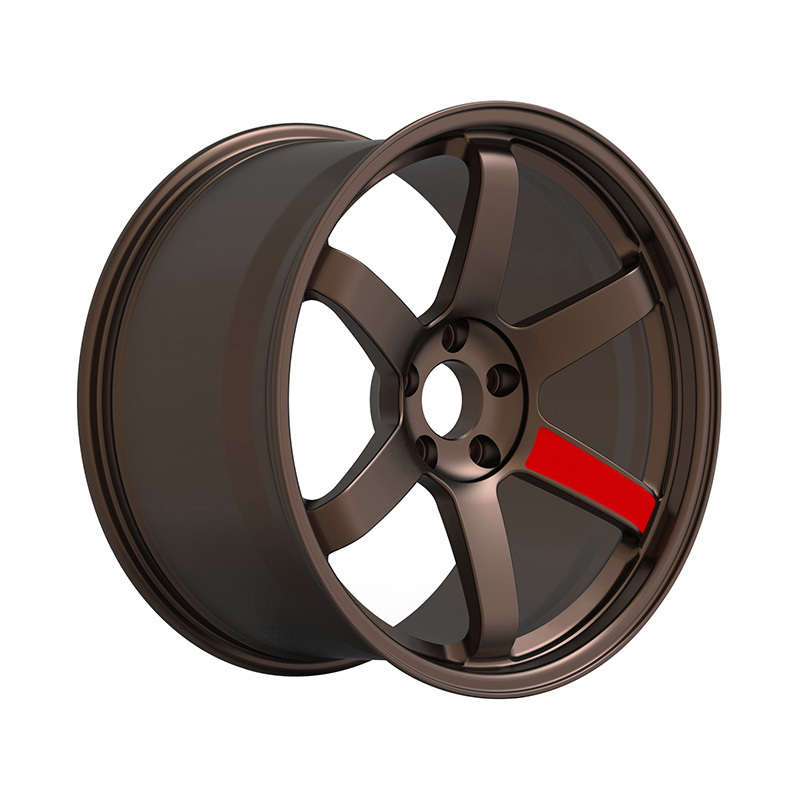
Handling & Steering Response
One of the primary reasons for switching to aluminum alloy monoblock wheels is the significant impact they have on handling characteristics. Handling refers to how well a car responds to driver input, particularly during cornering, lane changes, or high-speed maneuvers. Less unsprung mass allows the suspension to react faster to changes in the road surface, resulting in better grip and improved steering precision. On twisty roads or tracks, this translates to enhanced cornering stability and agility.
Steering Feedback & Responsiveness
Lightweight wheels reduce rotational inertia, meaning the steering system doesn't have to work as hard to turn them.
This creates a sharper, more responsive feel through the steering wheel, allowing the driver to place the car more precisely on the road. Enthusiasts value this because it builds confidence during spirited driving.
Wider Wheels & Increased Grip
Many modifiers opt for wider monoblock wheels to mount broader tires, increasing the tire contact patch with the road.
A larger contact area improves grip during acceleration and cornering, which is beneficial for performance builds. However, the trade-off is heavier steering effort—especially at lower speeds—since more rubber is in contact with the road surface.
High-Speed Stability
Forged monoblock wheels are not only light but also rigid, meaning they deform less under load. This rigidity maintains consistent tire contact with the road, reducing flex and improving high-speed stability.
Monoblock wheels sharpen handling, enhance steering feedback, and increase grip, but excessively wide wheels may make the steering heavier and slightly reduce maneuverability in daily driving.
Reduced Rotational Mass
A lighter wheel requires less energy to rotate. Since wheels spin thousands of times during even short trips, weight reduction here directly influences how much fuel the engine burns.
Studies have shown that reducing rotational mass can have 2–3 times the effect of reducing the same amount of body weight on overall efficiency.
Lower Rolling Resistance
Monoblock alloys allow for slimmer yet stronger designs compared to steel wheels. When paired with performance-oriented tires, they reduce rolling resistance—the force resisting motion when a tire rolls on the road.
This reduction means the engine exerts less effort to maintain speed, improving fuel economy.
Acceleration Efficiency
Cars with lighter wheels require less torque to spin the wheels from a standstill, leading to quicker acceleration. While enthusiasts enjoy the performance benefit, the engine also operates more efficiently under load, contributing indirectly to fuel savings.
lighter monoblock wheels make a car easier to move and maintain speed, cutting energy demand from the engine and improving fuel efficiency—especially beneficial for daily-driven cars that cover long distances.
Ride Quality
Beyond handling and efficiency, ride comfort is another important factor in vehicle modification. The choice of wheel size and profile has a profound effect here.
Wheel Diameter & Tire Profile
Many modifiers increase wheel diameter when upgrading to monoblocks, since larger wheels visually enhance a car's stance.
However, a larger wheel usually requires lower-profile tires (thinner sidewalls) to maintain the same overall rolling diameter. Low-profile tires transmit more road imperfections—bumps, cracks, potholes—directly into the cabin, resulting in a harsher ride.
recommend products
-
Zhenlun Multi Spokes Split Monoblock Forged Wheels Bronze With Silver Lip Edge
-
Zhenlun Matt Black With Red Lip Monoblock Forged Wheels
-
Zhenlun Gloss Black Monoblock Forged Wheels Gloss Black For Sports Car
-
Zhenlun Monoblock Forged Wheels Lightgrey With Machined Face
-
Zhenlun Monoblock Forged Wheels Gloss Black Dense Multi Spoke

 0
0

